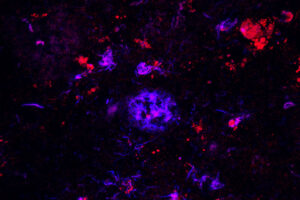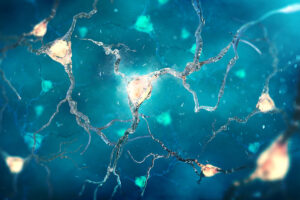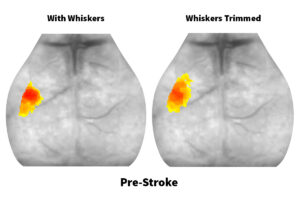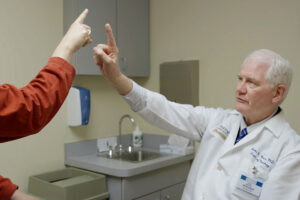Years before people start showing characteristic symptoms of Alzheimer’s disease, sticky plaques begin forming in their brains, damaging nearby cells. For decades, doctors have sought ways to clear out these plaques as a way to prevent or treat the disease.
Antibody removes Alzheimer’s plaques, in mice (Links to an external site)









